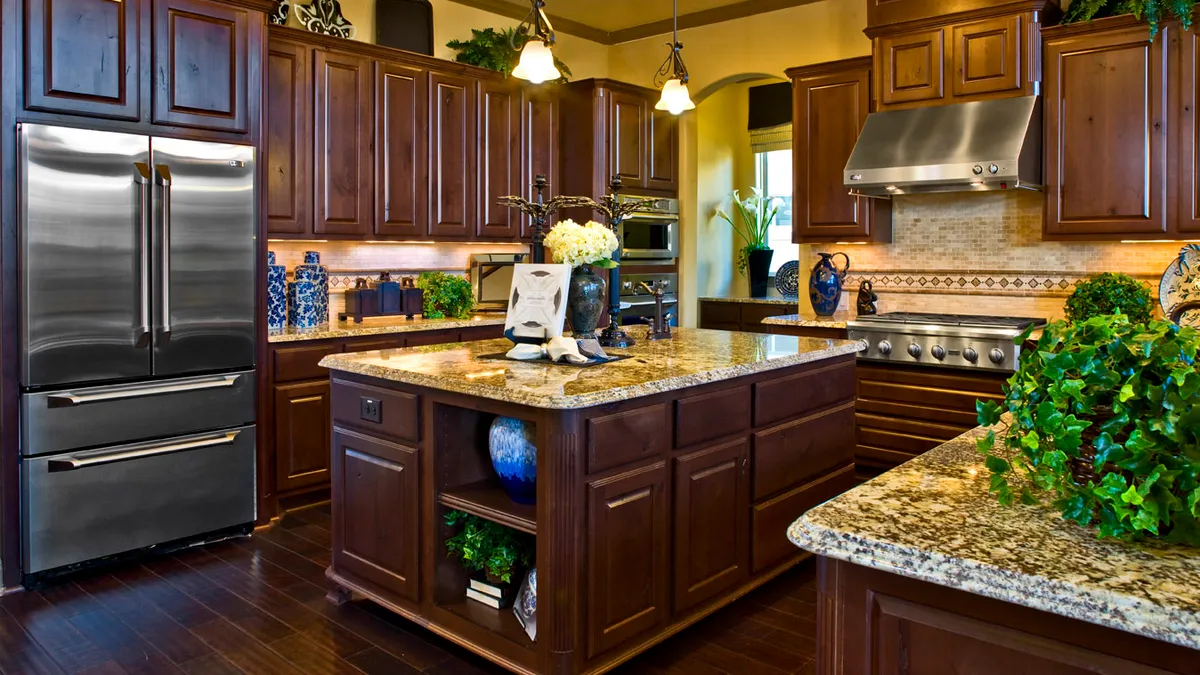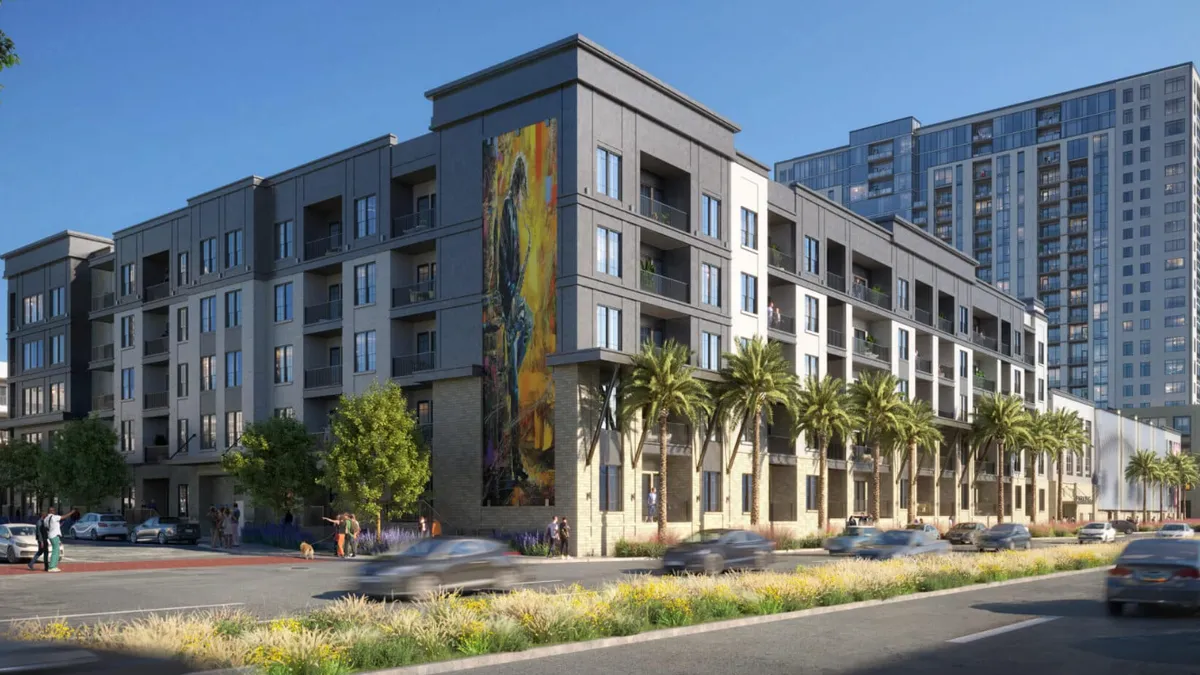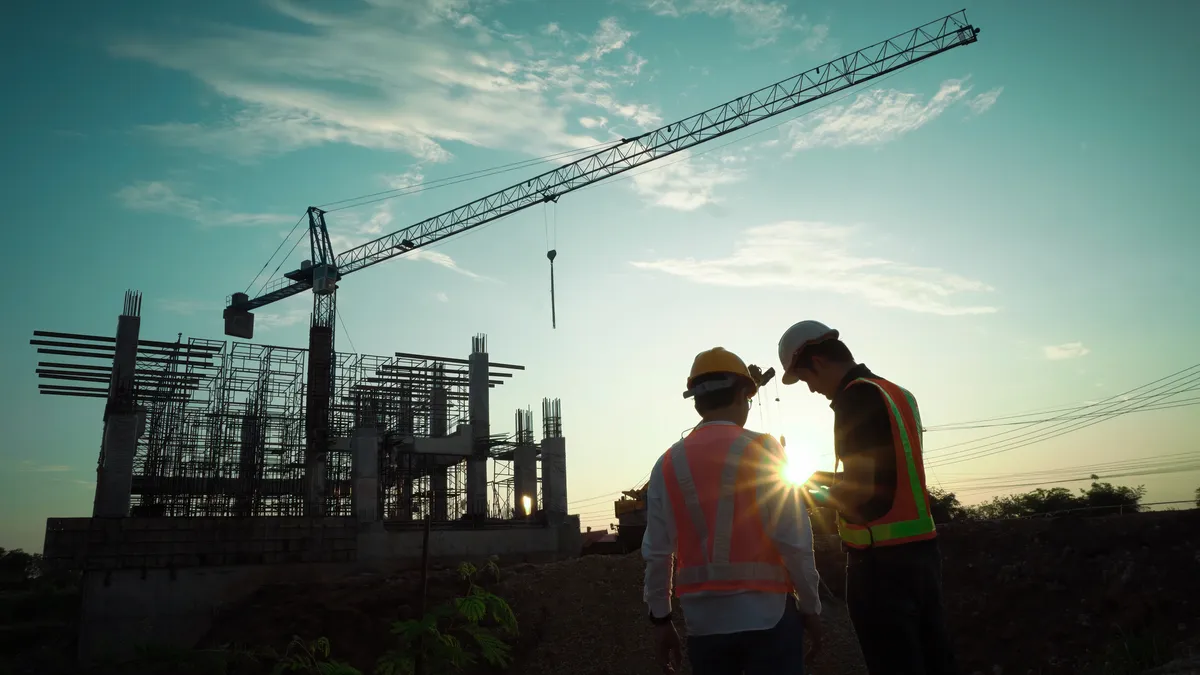A home is often the only major asset many people will ever own, so it is clear why homeowners would want to protect the value of that asset, and even increase it if possible. A few weeks ago, we took a look at a report about renovations that would steal value from a home, but now we’re focusing on the other end of the spectrum with some improvements that will almost always pay off in increased home value.
Architect Kimberly Bunn of Bunn Architecture, also president of the New Jersey chapter of the American Institute of Architects, specializes in home additions and renovations and said that when it comes to larger renovations, the top value generators have always been constant — kitchens and bathrooms.
"If you can improve those core areas of your house, you normally get back most of the value you put into the renovation," Bunn said. This is especially true, she said, on the East Coast where much of the housing inventory tends to be older.
New trends in the kitchen
It doesn’t have to be a major renovation, Bunn said. Sometimes just bringing the kitchen up to current standards is enough to see added value.
"I've gone into kitchens where you can't even fit a roaster into the oven because the oven sizes have changed and the roaster sizes have changed," she said.
In fact, according to Remodeling Magazine’s Remodeling 2015 Cost vs. Value Report, homeowners who perform a minor kitchen remodel can expect, on a national average, a return on investment of 79.3%.
Bunn said that in kitchens today, an obvious priority is to achieve a "nicer and brighter" look, but she is also seeing a trend away from the open kitchen plan that has been so popular. She said more homeowners are considering ways to achieve an open space for large gatherings — such as during the holidays — but, at the same time, they are starting to better define different areas in the home and create visual blocks with features such as pocket doors or half walls.
Bunn said the optimal design provides an open feel but retains the flexibility of being able to close off the kitchen at certain times. "We’re not going back to the closed kitchens of the 1940s, but we might be scaling back to where the whole house isn’t open. It’s not all one big open space anymore"
Within the kitchen, although granite is still the most popular for its durability and accessibility, some homeowners are eschewing the material for more sustainable, synthetic counter top materials like Corian, according to Bunn.
Evolving bathroom styles
Bathrooms are another common renovation/addition, but, according to the National Association of Realtors' 2015 Remodeling Impact Report, homeowners starting with one bathroom in the house will see the highest increase in value.
"We’ve added a second bathroom or at least a powder room so that (customers) can list their house for sale as a bath-and-a-half," Bunn said, "because houses that only have one bathroom really don’t get looked at as often."
She added, "If you can’t get people in the door, you’re not going to sell your house."
According to the Remodeling Impact Report, the average ROI on a bathroom addition is 52%, but homeowners starting with only one bathroom can expect the highest return. A high quality bathroom renovation, however, can net homeowners 67%-91% in additional home value, according to Homewyse, a vendor-neutral site published by construction and design professionals.
Bunn said one of the latest bathroom trends, which she's seen in half of her bathroom renovations, is replacing tubs with showers. "If you’ve got two baths or more in a house," she said, "there’s definitely been a trend, especially in the master bathroom or the secondary bathroom area, of taking the tub out and putting in a large walk-in shower or even a roll-in shower."
Bunn stressed that the switch to showers is mostly practical only in homes with more than one bathroom. From a resale perspective, she said, families with small children, people who are active in sports and need to soak because of an injury, or just those who enjoy taking a bath in a tub — or at least the idea of one — will still make it a perennial favorite.
Additional renovations: Worth the cost?
As far as bedrooms or other add-ons, Bunn said the potential value depends on the design of the addition and whether or not it enhances the flow of the existing home. If not much planning goes into it, the new space could actually take away from the home’s value.
"It has to be added on smartly, and that’s where getting a design professional involved can help," she said.
Bunn said that sometimes, hiring an architect is viewed as an unnecessary extra cost, but will often pay off through better design, and, of course, increased home value.
When it comes to adding value, homeowners who are not in a financial position to splurge for major renovations aren't necessarily left out of the game. According to the Cost vs. Value Report, some minor replacement projects can also bring a hefty return.
The report noted that entry door replacements can garner as much as a 101.8% ROI, while garage door replacements can pay off to the tune of 82.5%-88.5%. Manufactured stone veneer (92.5%) and fiber cement siding (84.3%) can also deliver impressive returns.
Of course, not all renovations are created equal. "You can take away from the value of a renovation by doing something very specific or very unique to yourself that nobody else can see using," Bunn said.
This is why, she noted, she always tries to encourage clients to look at their projects through the eyes of a future buyer, who might look at what the homeowner has installed as just an extra expense when they have to rip it out. "If somebody else can’t come in and see how they could use the space, it’s not going to be of value," she said.
"We always say that unless you’re absolutely in love with the blue counter top, and you can’t live without it, it’s not the wisest choice," Bunn said.


















